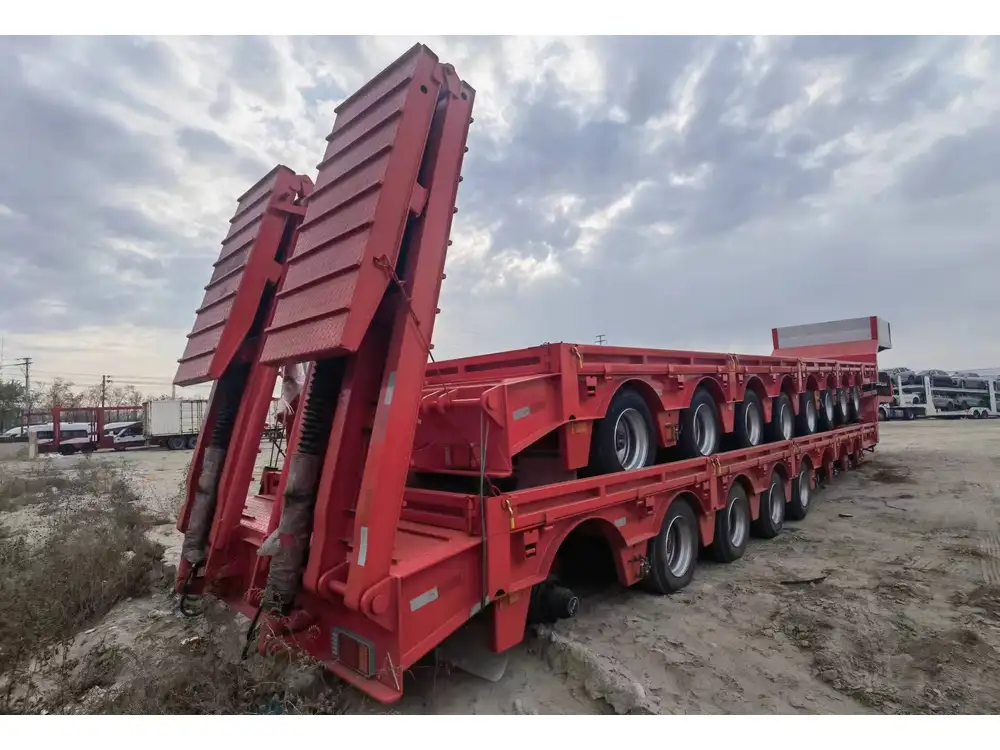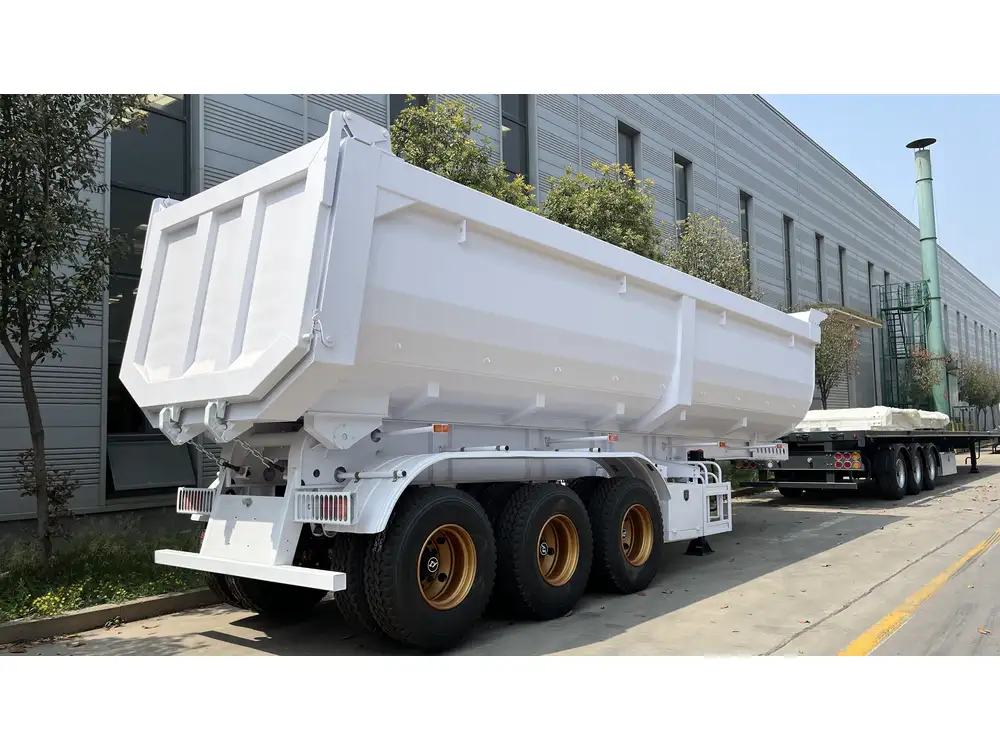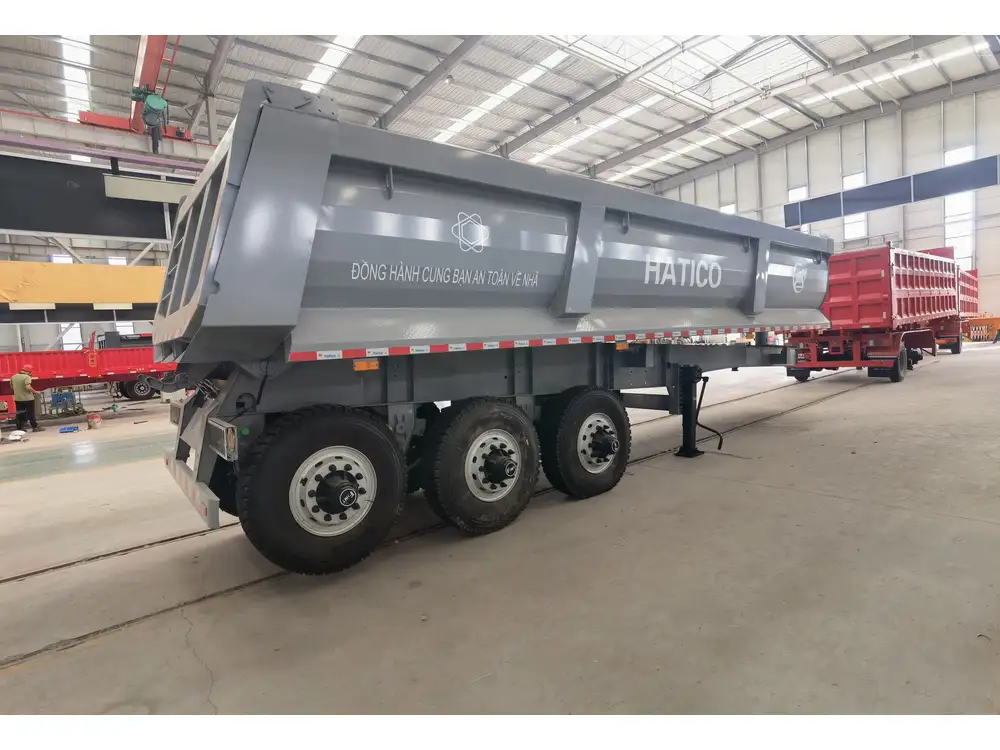Sanitizing your trailer’s fresh water tank is an essential maintenance task that ensures safe drinking water and optimal performance for your recreational vehicle (RV) or camper. Over time, contaminants like bacteria, mold, and mineral deposits can accumulate, making regular sanitization vital for health and comfort. In this detailed guide, we will provide a systematic approach to thoroughly sanitize your trailer’s fresh water tank, explore common issues, and offer practical solutions—all in one place.
Understanding the Importance of Sanitization
Before diving into the sanitization process itself, let’s examine some key reasons why it is crucial.
1. Health and Safety
Contaminated water sources can lead to a multitude of health issues, including gastrointestinal infections, making sanitization paramount.

2. Equipment Longevity
Bacteria and sediment not only pose health risks but can also clog pipes and fittings, affecting your trailer’s overall functionality and lifespan.
3. Taste and Odor Improvement
Regular cleaning helps to eliminate unpleasant tastes and smells caused by stagnant water or bacterial growth.
Initial Preparation Before Sanitization

Gather the Necessary Supplies
To carry out an effective sanitization, collect the following items beforehand:
- Unscented bleach (household bleach with a concentration of 5-9%)
- Clean, non-toxic hose for filling
- Funnel or siphon pump
- Measuring cup
- Clean water
- Bucket (for mixing bleach solution)
- Gloves and safety goggles (for personal protection)
- Cloth or sponge (for wiping down fixtures)
Assess Current Tank Condition
Check your fresh water tank for leaks and cracks. Any visible damage should be repaired before proceeding with the sanitization process. Also, ensure that all taps, valves, and connections are functioning properly.
Step-by-Step Guide to Sanitizing the Fresh Water Tank

Step 1: Drain the Tank
Begin by completely draining the fresh water tank. This can be done using the tank’s drain valve. If there are significant sediment deposits, you may need to flush the tank with clean water first to remove these accumulations.
- Locate the Drain Valve: Identify the drain valve typically found at the bottom of your tank.
- Open the Valve: Ensure the valve is positioned to let all the water out.
- Let it Flow: Allow the water to drain entirely; it may help to open a nearby faucet to speed up the draining process.
Step 2: Prepare the Bleach Solution
Now that the tank is empty, it’s time to create your sanitization solution.
Calculate the Amount of Bleach Needed: As a general rule, use 1/4 cup (60 ml) of unscented bleach per 15 gallons (57 liters) of fresh water capacity in your tank.
Mix the Solution: In a bucket, combine the measured bleach with a small amount of clean water to create a diluted solution.
Water Capacity Bleach Required 15 gallons 1/4 cup (60 ml) 30 gallons 1/2 cup (120 ml) 45 gallons 3/4 cup (180 ml) 60 gallons 1 cup (240 ml)
Step 3: Add the Bleach Solution to the Tank
Using a funnel or siphon pump, introduce the bleach solution into the now-empty fresh water tank.
- Pour Carefully: Ensure even distribution around the interior of the tank.
- Use Remaining Water: After adding the bleach, fill the tank with clean water, stopping a few inches from the top.

Step 4: Mix the Solution
To ensure thorough sanitization, the bleach and water must be mixed properly.
- Activate the System: Turn on the water pump and open all faucets simultaneously: hot and cold. This ensures the bleach solution circulates through all pipes and fixtures.
- Continue Running Water: Allow the water to run until you detect a bleach smell—this usually indicates effective saturation.
Step 5: Let It Sit
Allow the bleach solution to sit in the system for a minimum of 6-12 hours. This waiting period is crucial for killing any bacteria or contaminants present.
Step 6: Flush the System
After the allotted time, it’s time to flush out the bleach solution.
- Drain the Tank: Completely drain the tank using the drain valve as before.
- Refill with Water: Refill the tank with clean, fresh water and run the system again until any bleach odor dissipates.
- Repeat if Necessary: If a residual bleach smell remains, repeat the filling and flushing process until it disappears completely.

Step 7: Final Inspection
Once the system is cleared of bleach, perform a final inspection.
- Check for Leaks: Inspect the tank and plumbing for any leaks, loose connections, or compromised seals.
- Test Water Quality: Before using the water for drinking or cooking, test its taste and odor.
Troubleshooting Common Problems
Issue 1: Persistent Odors After Sanitization
- Cause: Not enough flushing.
- Solution: Increase the number of flush cycles until the odor is eradicated. Ensure all faucets and appliances connected to the water system are flushed continuously.

Issue 2: Algal Growth Despite Regular Sanitation
- Cause: Inadequate sanitization or unfiltered water source.
- Solution: Treat your tank more frequently and consider adding a water filtration system that removes sediment and organic matter.
Issue 3: Plumbing Issues Post-Sanitization
- Cause: Corrosion or old pipes can react with bleach.
- Solution: Upgrade old plumbing components to ensure harmonious operation and prevent damage.
Preventative Measures for Maintaining Water Quality
To maintain the integrity of your trailer’s fresh water system and prolong the time between sanitization cycles, implement the following strategies:

Regular Usage
Using your water system regularly helps prevent stagnation and the buildup of contaminants.
Water Source Quality
Always fill your water tank with fresh, clean water. Consider testing the source to ensure it’s free from contaminants.
Install Water Filters
Adding a filtration system can significantly reduce the amount of sediment and microorganisms entering the tank, reducing maintenance frequency.

Seasonal Preparation
Before storing your trailer during winter months, follow winterization procedures to prevent issues such as ice expansion and stagnation.
Conclusion
Sanitizing your trailer’s fresh water tank is an indispensable ritual that should not be overlooked. Following these detailed steps will ensure safe drinking water, extend the lifespan of your plumbing, and maintain the overall performance of your trailer. Adequately care for your water system, and you will enjoy many safe and comfortable journeys on the road. Keep your trailer ready, your water tank clean, and your adventures endless!



